Now is the time to begin inspections of balconies and other external structural elements to ensure they are up to the new codes. As of January 1 2020, associations with buildings that have three or more units must inspect load-bearing structures. All first inspections must be completed by January 1, 2025. Going forward, elevated structures must be examined at least once every nine years following the first inspection.
A licensed structural engineer or architect must conduct the inspections while using the least intrusive methods necessary. Inspectors must provide 95 percent confidence that the results from a sample are reflective of the whole, with a margin of error of no greater than plus or minus 5 percent. The objective is to check for any potential structural issues or repairs that will need to be fixed in the future, followed by a submission of a full report to the board providing the physical condition and remaining useful life of the structures. The report must also be submitted to the local code enforcement agency within 15 days of completion.
The statute does not change who is responsible to maintain, repair, or replace load-bearing configurations. It imposes further inspection and repair obligations on HOAs in addition to the existing responsibilities.
Repairs will be needed for damage caused by various types of dry rot. These sources of impairment, such as termites and fungi, spread throughout a structure as they feed on wood. To stop the destruction, all decayed wood and fungi must be removed. The longer it goes untreated, the greater the liability and possibility of collapse.
If an immediate threat to the safety of the occupants is found by the inspector, the association must take direct measures to rectify the issue(s) upon receiving the report. For further information or assistance with updates on codes, contact Atlantic & Pacific Management at (858) 672-3100 or visit aphoamgmt.com.
